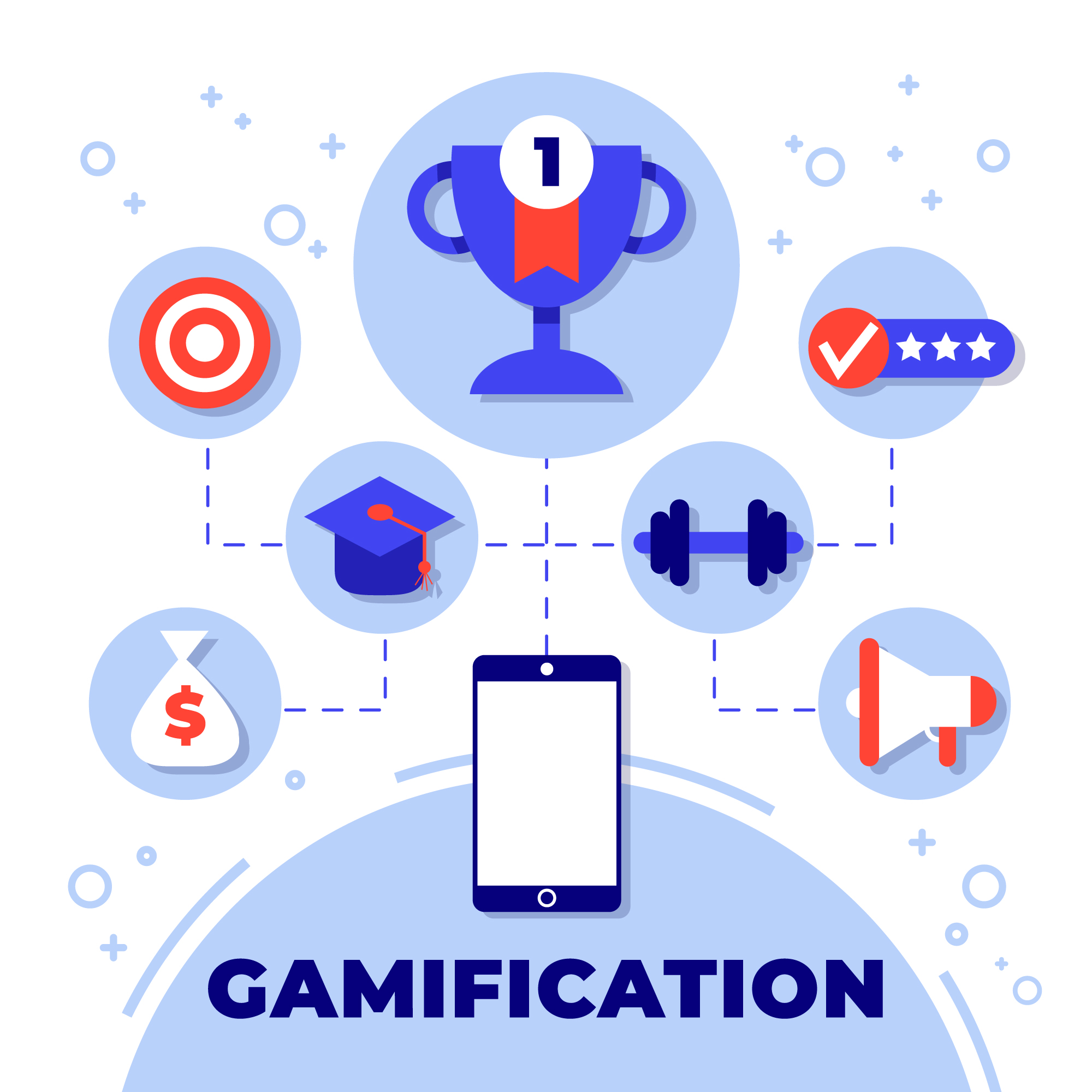The Role of Gamification in Education: Using Games to Make Learning More Engaging
The Role of Gamification in Education: Using Games to Make Learning More Engaging
Gamification is the use of game elements in non-game contexts, such as education, to motivate and engage learners. In recent years, gamification has become a popular trend in education as educators of Cambria international The Best Schools in Kalyan west look for ways to make learning more engaging and interactive for their students. This article explores the role of gamification in education and how it can be used to make learning more engaging.
Benefits of Gamification in Education
Gamification can have several benefits in education. Here are a few:
1} Making Learning Fun and Engaging:
Games are inherently engaging because they provide a sense of challenge and achievement, and this can be applied to learning as well. By creating educational games that are challenging and rewarding, students can be motivated to learn and feel a sense of accomplishment as they progress through the game. This can make learning more enjoyable and engaging for students.
2} Increasing Motivation to Learn:
When students are engaged and interested in what they are learning, they are more likely to be motivated to continue learning and to seek out new information on their own. Gamification can provide a sense of accomplishment and progress, which can motivate students to continue learning and to pursue their goals.
3} Making Learning Interactive and Collaborative:
Many educational games require students to work together to solve problems or complete challenges, which can foster collaboration and teamwork skills. This can be especially beneficial for students who may struggle with traditional classroom activities and who may benefit from more hands-on, interactive learning experiences.
4} Personalizing Learning:
Gamification can help to personalize learning for individual students. By creating games that are tailored to individual students’ needs and interests, educators of The Cambria International Top Schools in Kalyan provide students a more personalized learning experience that can be more effective and engaging than traditional classroom activities. For example, a student who is interested in science may be more motivated to learn about the periodic table through a science-themed game than through traditional textbook reading.
Using Gamification Effectively in Education
To use gamification effectively in education, educators should keep a few things in mind:
1} Gamification Should Not Replace Traditional Classroom Activities:
Gamification should be used as a supplement to traditional teaching methods, and should be integrated into a larger, more comprehensive approach to education. It should not be used as a replacement for traditional classroom activities.
2} Align Educational Games with Learning Objectives and Standards:
Educational games should be designed to teach specific concepts or skills, and they should be aligned with learning objectives and standards. This ensures that they are effective tools for learning and that they are providing students with the skills and knowledge they need to succeed.
3} Evaluate the Effectiveness of Gamification:
Educators should evaluate the effectiveness of gamification in their classrooms. They should monitor student engagement, motivation, and performance to determine whether gamification is helping students to learn.
Conclusion
Gamification can be a valuable tool for educators looking to make learning more engaging and interactive for their students. By incorporating game elements into educational activities, educators can increase student motivation, foster collaboration and teamwork, and provide a more personalized learning experience. However, it’s important to use gamification as a supplement to traditional teaching methods, and to ensure that educational games are aligned with learning objectives and standards. With careful planning and implementation, gamification can be an effective way to make learning more fun and engaging for students.


